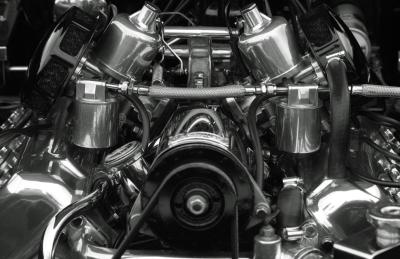
The two Toyota engines, 4A-FE and 7A-FE, have many similarities, and yet they are distinct in several ways. They were both used in Corolla model cars. However, there are some notable differences between the two engines. If you are an automotive mechanic who specializes in Toyota repair, familiarize yourself with the differences between these two engines.
The 4A-FE has a displacement of 1.6 liters, while the 7A-FE has a displacement of 1.8 liters. The larger displacement of the 7A-FE gives it more horsepower and torque, which generally results in better engine performance.
Horsepower is a measure of how much power an engine produces and is analogous to the SI unit watt. One horsepower is roughly equivalent to 745 watts. Horsepower is achieved by combusting fuel in pistons and spinning a crank shaft. The more fuel supplied to the engine, the faster the crank shaft spins. The rate at which the crank shaft spins is measured in rotations per minute (RPM). The horsepower of a 4A-FE has a range of 103 to 105, with 105 achieved at an engine RPM of 5,800. The 7A-FE has a horsepower of 115 at an RPM of 5,600.
Torque is a measure of angular force and uses the SI unit newton-meter. However, automobiles often use the non-SI unit foot-pounds. In relation to automobile engines, torque primarily affects acceleration and towing capacity. The 4A-FE has a torque of 100 to 102 foot-pounds at an RPM of 4,800. The 7A-FE has a torque of 115 foot-pounds at an RPM of 2,800.
The 7A-FE uses a different head gasket than the 4A-FE. The gasket is composed of two layers of metal. The oil pan is also different on the 7A-FE. It is made of two separate pieces, one composed of aluminum and one composed of steel. The 7A-FE has a modified crankshaft that matches the higher power output of the 7A-FE engine.